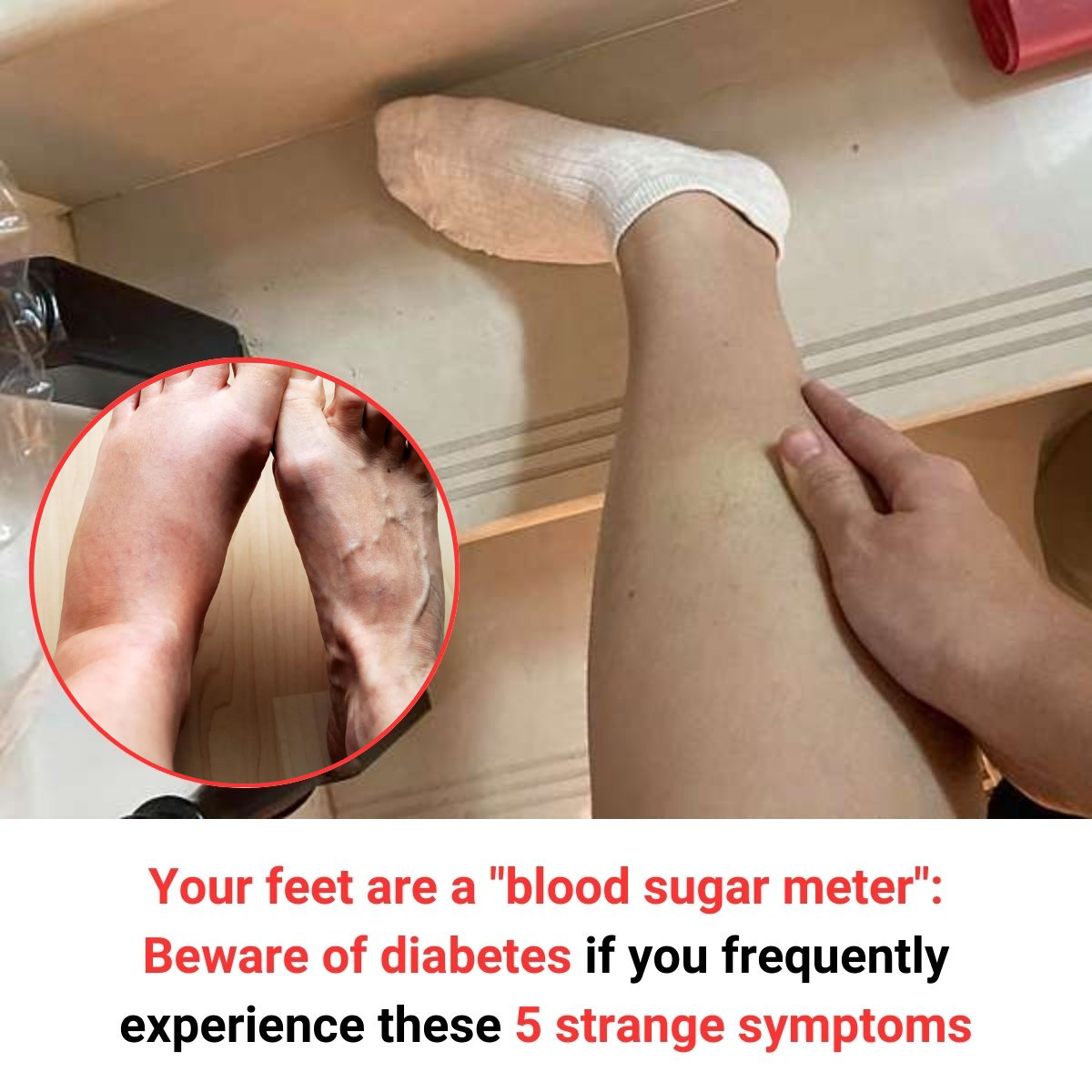
Many people with abnormal blood sugar levels fail to recognize the warning signs their bodies give them. By the time they become aware of diabetes, complications may have already developed.
According to the International Diabetes Federation (IDF), as of 2021, there were around 537 million diabetes patients worldwide, with most suffering from type 2 diabetes.
Ignoring abnormal blood sugar levels or failing to manage them properly after diagnosis can lead to serious health risks. Diabetes is a chronic condition, and while a temporary rise in blood sugar may not cause immediate harm, prolonged high blood sugar over months or years can severely damage the body.
The most concerning aspect of diabetes is its complications—once vital organs are affected, the damage is irreversible. Many diabetics suffer from blindness, cardiovascular issues, or even limb amputations.
Detecting abnormal blood sugar levels early is crucial in preventing such complications. Interestingly, the feet are often considered a “blood sugar meter” because they are among the first body parts to show warning signs when blood sugar is not well controlled.

Five Unusual Foot Symptoms That May Signal Abnormal Blood Sugar
- Numbness in the Feet
High blood sugar can damage nerves, leading to diabetic peripheral neuropathy, an irreversible condition that causes foot numbness. If left unchecked, the numbness can worsen, making people feel disconnected from their feet.
Additionally, those affected may lose sensitivity to temperature and pain, increasing the risk of burns when soaking their feet in hot water.
- Leg Cramps
Diabetes can severely impact blood vessels, leading to arteriosclerosis within a short period. Plaque buildup causes narrowing of blood vessels, reducing circulation to the legs and feet.
Since the feet are farthest from the heart and often remain in a static position while sitting or lying down, they are more vulnerable to vascular diseases. Poor circulation can cause frequent leg cramps, which tend to worsen at night, especially in cold weather when blood vessels constrict further.
- Itchy Feet
Many diabetes patients suffer from persistent foot itchiness, often mistaking it for eczema. They may try multiple treatments without success, not realizing that poor blood sugar control is the underlying cause.
Uncontrolled diabetes weakens the immune system, making patients more susceptible to skin infections like folliculitis, boils, bacterial and fungal infections (e.g., athlete’s foot, nail fungus), all of which contribute to itchiness. Additionally, nerve damage and dysfunction in sweat and sebaceous glands can lead to abnormal skin sensations and dryness, exacerbating the problem.

- Slow-Healing Foot Wounds
Due to reduced sensitivity, diabetes patients may suffer burns or cuts without realizing it. When a foot injury occurs, it tends to heal slowly—or not at all.
This happens because diabetes weakens the immune system, allowing bacteria to accumulate at the wound site. Simultaneously, high blood sugar damages blood vessels, reducing circulation and impairing the healing process.
- Skin Discoloration on the Legs
Many diabetics notice dark patches or pigmentation on their lower legs, often resulting from skin infections or scarring from previous blisters.
In some cases, vascular damage can also contribute to skin discoloration.
Take Action Early
If you frequently experience these unusual foot symptoms, it’s important to monitor your blood sugar levels and seek medical advice as soon as possible. Early detection and proper management of diabetes can help prevent serious complications and improve overall well-being.







